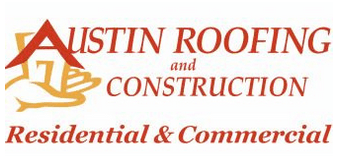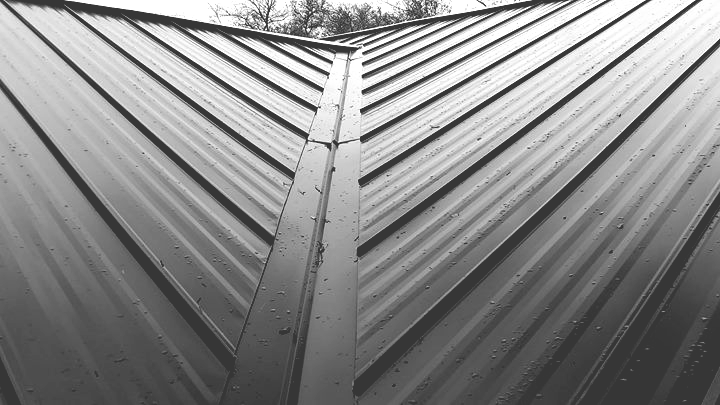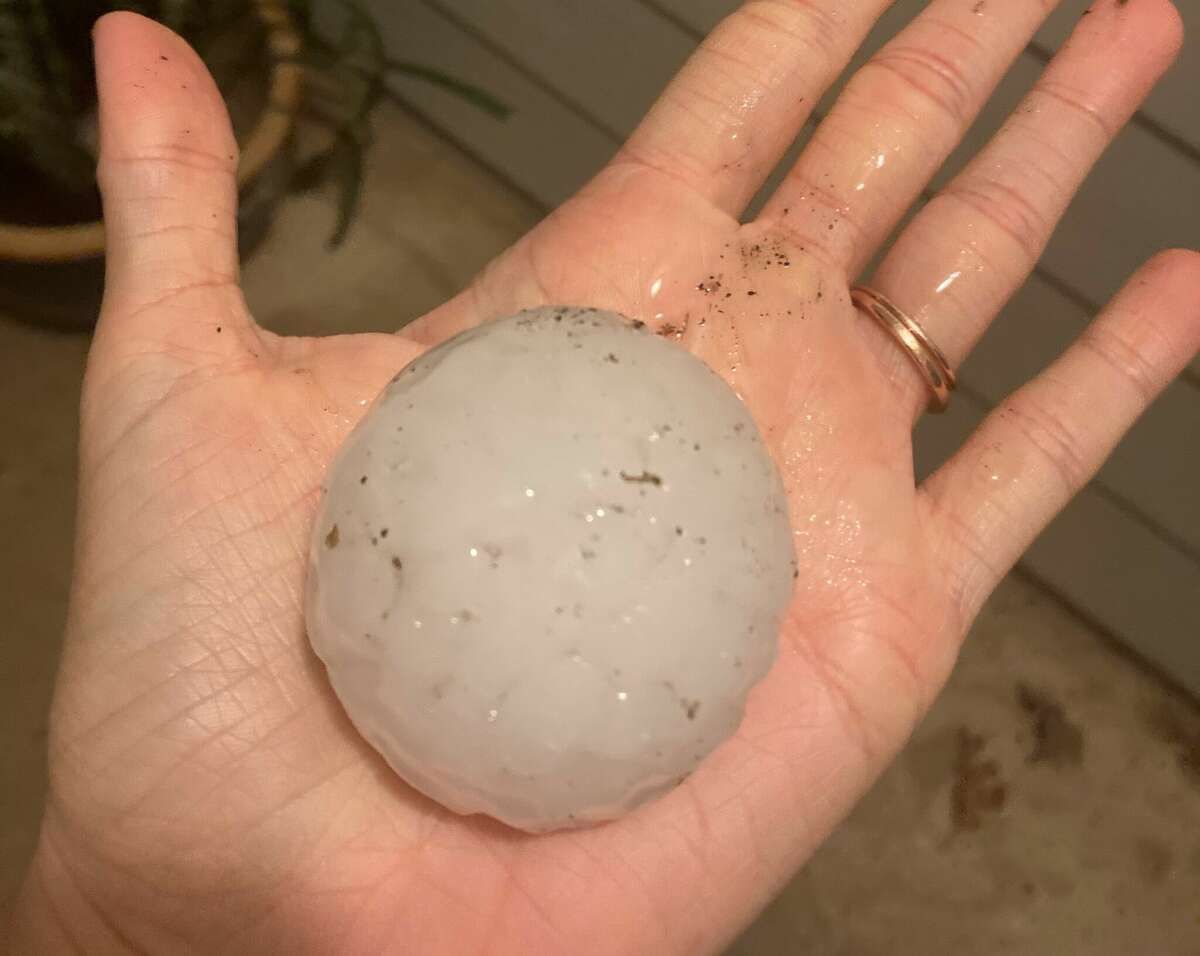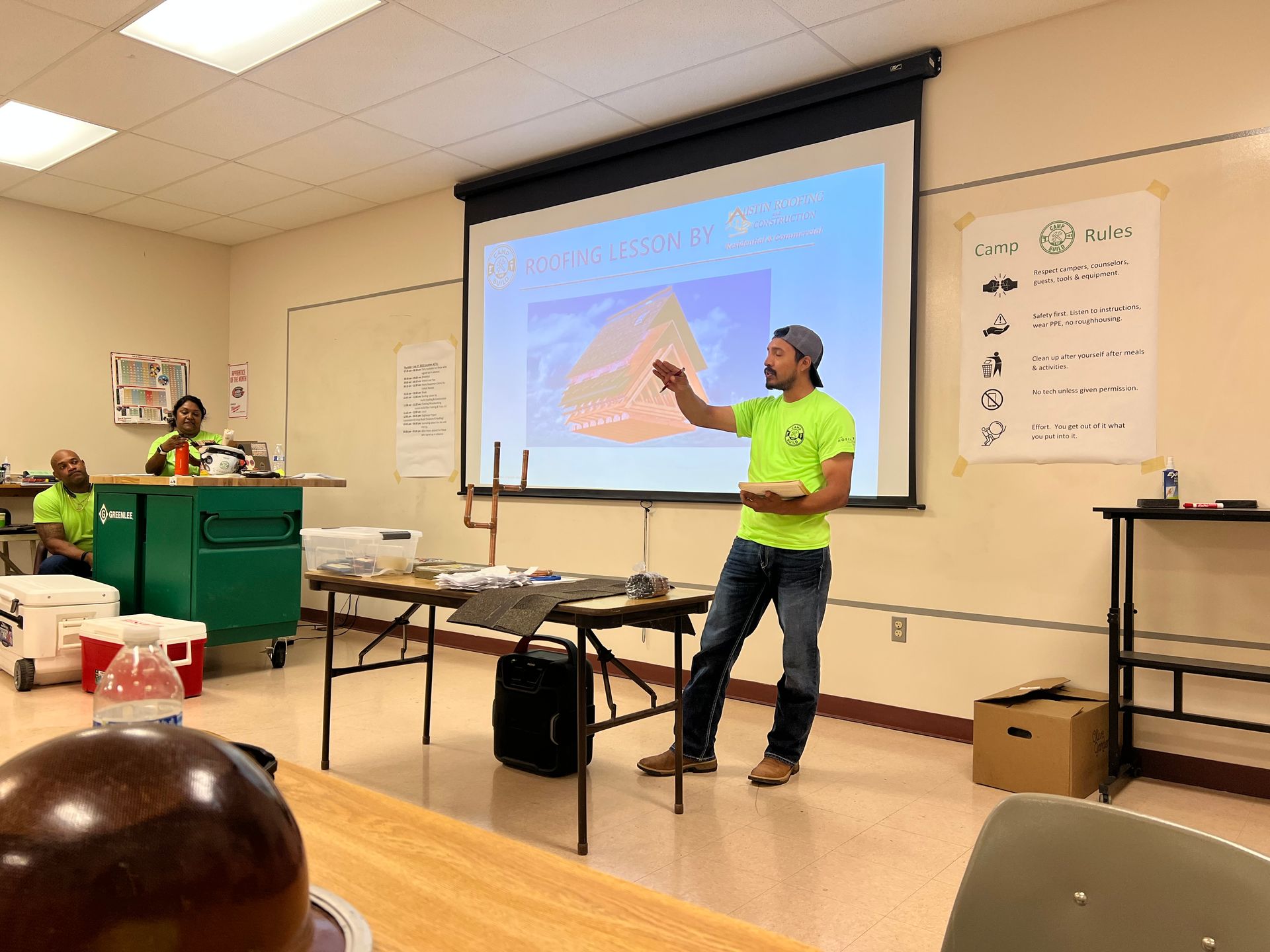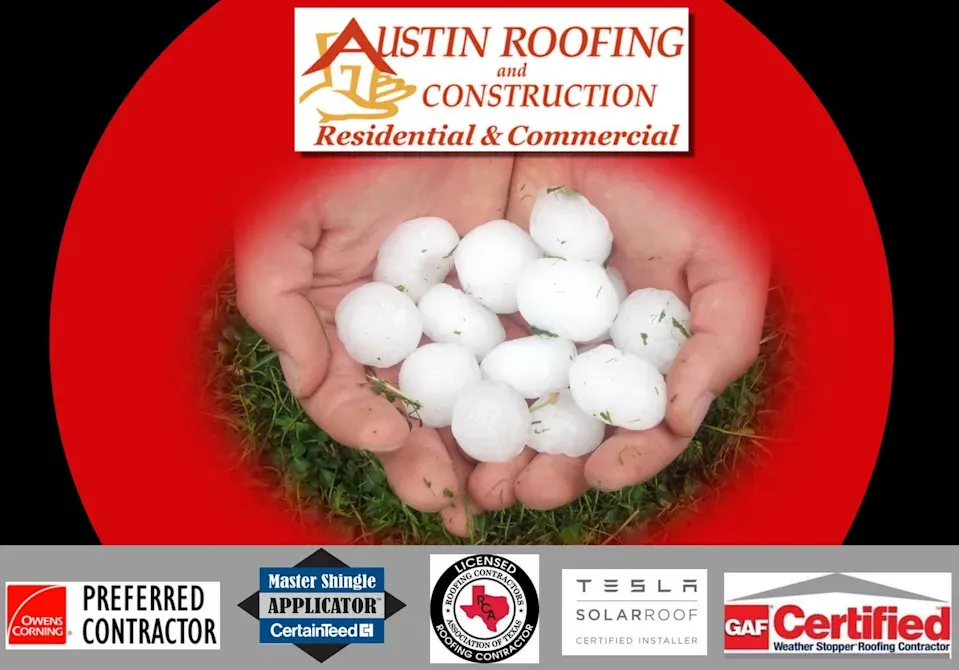What Types of Homes Need Metal Roofs?
christine • April 9, 2020
Get a Free Estimate Today
This Article will help you decide if a metal roof is right for you.
Get a Free Estimate Today
This Article will help you decide if a metal roof is right for you.
Get a Free Estimate Today
Metal roofs may seem like a relatively new phenomenon, but their origins go back further than you might imagine. Some of the oldest buildings still in everyday use in Europe and the United States are covered with copper or lead, and America's first iron rolling mill opened way back in 1794. Metal roofs have been around so long because of all their benefits, so what types of homes need a metal roof?
What Types of Homes Need Metal Roofs?
Homes With a Steep or Low Pitch
The steeper the pitch of your roof, the more likely it is that a metal roof is the right choice. The pitch of your roof describes the angle or slope of the roof and is usually expressed by two numbers that indicate a ratio. The two numbers can be expressed as 7/12 or 7:12, but either way, the numbers are expressing the ratio between the vertical height of the roof and the horizontal length of the roof.
In the world of roofing, the second number in this ratio is always 12, and the first number changes to express the height. So, for example, a roof marked 8:12 goes up 8 feet for every 12 feet of length.
Home Averages
In the US, the average roof pitch is 4:12 (moderate pitch) to 8:12 (steel pitch) but can be much shallower or steeper than that, depending on personal preference or the decade the home was built.
Clay or cement tiles and asphalt shingles are only recommended for roofs with a certain pitch. The most versatile of all the commonly used roofing materials is metal. When you choose metal for your roof, the pitch can be as low as 1:12 or as great as 19:12 or more. In some cases, special types of metal can be used on roofs at pitches of even greater variance.
Homes That Are Eco-Friendly
If you're concerned that your home is a help to the environment, with the lowest possible Eco-footprint, metal is the right roofing choice.
Problems With Traditional Roofing Materials
The most common roofing material is the asphalt shingle, and the environmental and health impacts of this choice are enormous. For one thing, asphalt shingles are heavy and don't last very long. They also aren't particularly good at providing insulation or lowering the heat signature of a home.
Asphalt itself is on the list of Hazardous Substances regulated by OSHA and state environmental offices. Asphalt fumes irritate the eyes, nose, throat, and lungs on contact, while contact with the skin causes severe burns and lesions. Asphalt fumes can also cause dizziness, nausea, and headache and contribute to the development of bronchitis.
The Environmental Benefits of a Metal Roof
Using metal for your roof has more environmental and health benefits than can be easily named here. Most importantly, for your family, know that metal offers virtually no health concerns, and there is no off-gassing with a metal roof.
Metal roofing also spares the environment all along the way, starting with manufacturing, where it has a far smaller carbon footprint than traditional shingles. It's lighter to transport, minimizing costs, and it's so lightweight that it can be laid over most existing roofs. When it's used on a new roof, it extends the building's life by reducing the stress on the structure.
Durability
When the sun is out, and the temperatures soar over 90, your roof is the last place you want to be. Roofs endure a lot of punishment no matter where you live, but in a hot climate, in particular, they are subject to extremes of heat and UV radiation that it's hard to even imagine. All this heat and sunlight causes traditional roofing materials to crack, dry out, and disintegrate, shortening the life of the roof and making the structure more susceptible to wind damage and leaks.
Metal, on the other hand, is virtually impervious to the heat. Older metal roofs used to lose their color in the sun, but that was simply due to the paint job and not to a problem with the metal itself. Today's roofing metal have high-quality coatings that are far more resistant to fading and chalking. While it's possible the roof might need to be repainted at some point, it won't need to be replaced no matter how hot it gets in August.
Fire Safety
As traditional roofing materials dry out, they lose their fire resistance, putting you and everyone in the home at greater risk. Even worse, since they're heavy, they're more liable to collapse in the event of a fire. Metal roofing never loses its fireproof quality.
Energy Efficiency
Attics are a great way to keep the lower part of the home cool, but when things get hot enough, attic temps can go up so high that some of it can't help but transfer to the house below. Upstairs living areas can become too uncomfortable to use on the worst days, even with the air conditioners running at full blast.
Metal roofing, by contrast, reflects heat. It doesn't matter the color of our roof: even the darker colors have special pigments that will reflect radiant heat. And because they don't retain heat well, they cool down quickly any time the sun goes down, or even behind a cloud, and in response to even a slight breeze. And because of the small airspace between the roof deck and the metal itself, your metal roof is equipped with a natural thermal break that stops the transfer of heat to the home.
Homes at Risk From Natural Disasters
The Lightening Misconception
If you live where the wind blows, metal is probably the best choice for your roof. There's a misconception out there that a metal roof will attract lightning, but this isn't actually an issue, Because the metal roof isn't grounded, it doesn't attract the lightning, which is looking for a direct path to the ground.
Hurricanes
Metal roofing resists the wind much better than other roofing choices. Consider the example of Mexico Beach, FL, during Hurricane Michael in October of 2018. Mexico Beach made the news because so many structures were destroyed, but it was the handful that weren't destroyed that got the most attention as people viewed the aerial footage. Every safe building had a metal roof, and residents who rode out the storm in a metal-roof home were safe.
Shingle roofs are very prone to getting blown off. And the worst part is that once one shingle goes, the whole system is weakened. That means even more shingles are likely to go, creating a cascade effect that lets in water and destroys the structure.
A metal roof will be wind-resistant up to 140-mph, and even higher with some materials. This strength comes not just from the metal itself, but also from the method of attaching it. Metal seam panels that are installed with concealed fasteners and interlocking systems simply leave no room for wind to grab hold of a panel and cause uplift.
Other Natural Disasters
Because of their light weight, a metal roof is less likely to fall in an earthquake and puts less pressure on the building during seismic activity. In a wildfire, when flaming leaves and debris are blowing around, homes with a metal roof are protected where traditional roofing could easily flame up.
The Best in Metal Roofs
Metal roofs are great for homes of all types, and when you're looking for the most reliable metal roofing company in Texas, reach out to Austin Roofing and Construction. A family-owned business that's been in roofing for more than three generations.
Get a Free Estimate Today
What Types of Homes Need Metal Roofs?
Homes With a Steep or Low Pitch
The steeper the pitch of your roof, the more likely it is that a metal roof is the right choice. The pitch of your roof describes the angle or slope of the roof and is usually expressed by two numbers that indicate a ratio. The two numbers can be expressed as 7/12 or 7:12, but either way, the numbers are expressing the ratio between the vertical height of the roof and the horizontal length of the roof.
In the world of roofing, the second number in this ratio is always 12, and the first number changes to express the height. So, for example, a roof marked 8:12 goes up 8 feet for every 12 feet of length.
Home Averages
In the US, the average roof pitch is 4:12 (moderate pitch) to 8:12 (steel pitch) but can be much shallower or steeper than that, depending on personal preference or the decade the home was built.
Clay or cement tiles and asphalt shingles are only recommended for roofs with a certain pitch. The most versatile of all the commonly used roofing materials is metal. When you choose metal for your roof, the pitch can be as low as 1:12 or as great as 19:12 or more. In some cases, special types of metal can be used on roofs at pitches of even greater variance.
Homes That Are Eco-Friendly
If you're concerned that your home is a help to the environment, with the lowest possible Eco-footprint, metal is the right roofing choice.
Problems With Traditional Roofing Materials
The most common roofing material is the asphalt shingle, and the environmental and health impacts of this choice are enormous. For one thing, asphalt shingles are heavy and don't last very long. They also aren't particularly good at providing insulation or lowering the heat signature of a home.
Asphalt itself is on the list of Hazardous Substances regulated by OSHA and state environmental offices. Asphalt fumes irritate the eyes, nose, throat, and lungs on contact, while contact with the skin causes severe burns and lesions. Asphalt fumes can also cause dizziness, nausea, and headache and contribute to the development of bronchitis.
The Environmental Benefits of a Metal Roof
Using metal for your roof has more environmental and health benefits than can be easily named here. Most importantly, for your family, know that metal offers virtually no health concerns, and there is no off-gassing with a metal roof.
Metal roofing also spares the environment all along the way, starting with manufacturing, where it has a far smaller carbon footprint than traditional shingles. It's lighter to transport, minimizing costs, and it's so lightweight that it can be laid over most existing roofs. When it's used on a new roof, it extends the building's life by reducing the stress on the structure.
100% of a metal roof can be recycled
if it is replaced, but a metal roof almost never has to be replaced. Metal panels contain about 30% recycled content from pre-consumer & post-consumer use.They have a lifespan that exceeds the lifespan of most buildings (and people). Finally, metal roofs significantly reduce attic temperatures and thus home heating and cooling costs. This means air conditioners can be run less, not only sparing the environment and saving money on energy bills, but also extending the life of expensive HVAC units.
Rainwater Harvesting
is a big deal in the Hill Country and all around Texas where wells may be difficult to dig. Metal provides a clean area, (compared to shingles), for the water to collect and funnel down into your rainwater collectors.
Durability
When the sun is out, and the temperatures soar over 90, your roof is the last place you want to be. Roofs endure a lot of punishment no matter where you live, but in a hot climate, in particular, they are subject to extremes of heat and UV radiation that it's hard to even imagine. All this heat and sunlight causes traditional roofing materials to crack, dry out, and disintegrate, shortening the life of the roof and making the structure more susceptible to wind damage and leaks.
Metal, on the other hand, is virtually impervious to the heat. Older metal roofs used to lose their color in the sun, but that was simply due to the paint job and not to a problem with the metal itself. Today's roofing metal have high-quality coatings that are far more resistant to fading and chalking. While it's possible the roof might need to be repainted at some point, it won't need to be replaced no matter how hot it gets in August.
Fire Safety
As traditional roofing materials dry out, they lose their fire resistance, putting you and everyone in the home at greater risk. Even worse, since they're heavy, they're more liable to collapse in the event of a fire. Metal roofing never loses its fireproof quality.
And since it's such a lightweight material, it's far less likely to cave in. Why does this matter? If your home has a traditional roof, firefighters will stay outside to fight a fire to avoid being caught in a collapse. With a metal roof, they can go inside, increasing the chance they can get the fire under control before it consumes everything.
Homes In Areas With Hot Summers
We're all familiar with the way our metal cars heat up in the summer, so it might seem counter-intuitive to suggest that metal is a great material for roofs in a hot climate. Yet it's one of the best possible choices due to reflectivity, where it reflects a large amount of the sun rays back and away from your home reducing attic and home temperatures.
We're all familiar with the way our metal cars heat up in the summer, so it might seem counter-intuitive to suggest that metal is a great material for roofs in a hot climate. Yet it's one of the best possible choices due to reflectivity, where it reflects a large amount of the sun rays back and away from your home reducing attic and home temperatures.
Energy Efficiency
Attics are a great way to keep the lower part of the home cool, but when things get hot enough, attic temps can go up so high that some of it can't help but transfer to the house below. Upstairs living areas can become too uncomfortable to use on the worst days, even with the air conditioners running at full blast.
Metal roofing, by contrast, reflects heat. It doesn't matter the color of our roof: even the darker colors have special pigments that will reflect radiant heat. And because they don't retain heat well, they cool down quickly any time the sun goes down, or even behind a cloud, and in response to even a slight breeze. And because of the small airspace between the roof deck and the metal itself, your metal roof is equipped with a natural thermal break that stops the transfer of heat to the home.
Homes at Risk From Natural Disasters
The Lightening Misconception
If you live where the wind blows, metal is probably the best choice for your roof. There's a misconception out there that a metal roof will attract lightning, but this isn't actually an issue, Because the metal roof isn't grounded, it doesn't attract the lightning, which is looking for a direct path to the ground.
Hurricanes
Metal roofing resists the wind much better than other roofing choices. Consider the example of Mexico Beach, FL, during Hurricane Michael in October of 2018. Mexico Beach made the news because so many structures were destroyed, but it was the handful that weren't destroyed that got the most attention as people viewed the aerial footage. Every safe building had a metal roof, and residents who rode out the storm in a metal-roof home were safe.
Shingle roofs are very prone to getting blown off. And the worst part is that once one shingle goes, the whole system is weakened. That means even more shingles are likely to go, creating a cascade effect that lets in water and destroys the structure.
A metal roof will be wind-resistant up to 140-mph, and even higher with some materials. This strength comes not just from the metal itself, but also from the method of attaching it. Metal seam panels that are installed with concealed fasteners and interlocking systems simply leave no room for wind to grab hold of a panel and cause uplift.
Other Natural Disasters
Because of their light weight, a metal roof is less likely to fall in an earthquake and puts less pressure on the building during seismic activity. In a wildfire, when flaming leaves and debris are blowing around, homes with a metal roof are protected where traditional roofing could easily flame up.
The Best in Metal Roofs
Metal roofs are great for homes of all types, and when you're looking for the most reliable metal roofing company in Texas, reach out to Austin Roofing and Construction. A family-owned business that's been in roofing for more than three generations.
We want the best for your home because we're committed to the strength of our community. All materials are made here in Texas, and we offer free estimates and advice as well as financing to help you get the safe, durable roof you need to protect your biggest investments: your home and family.
LOCAL PEOPLE HELPING LOCAL PEOPLE
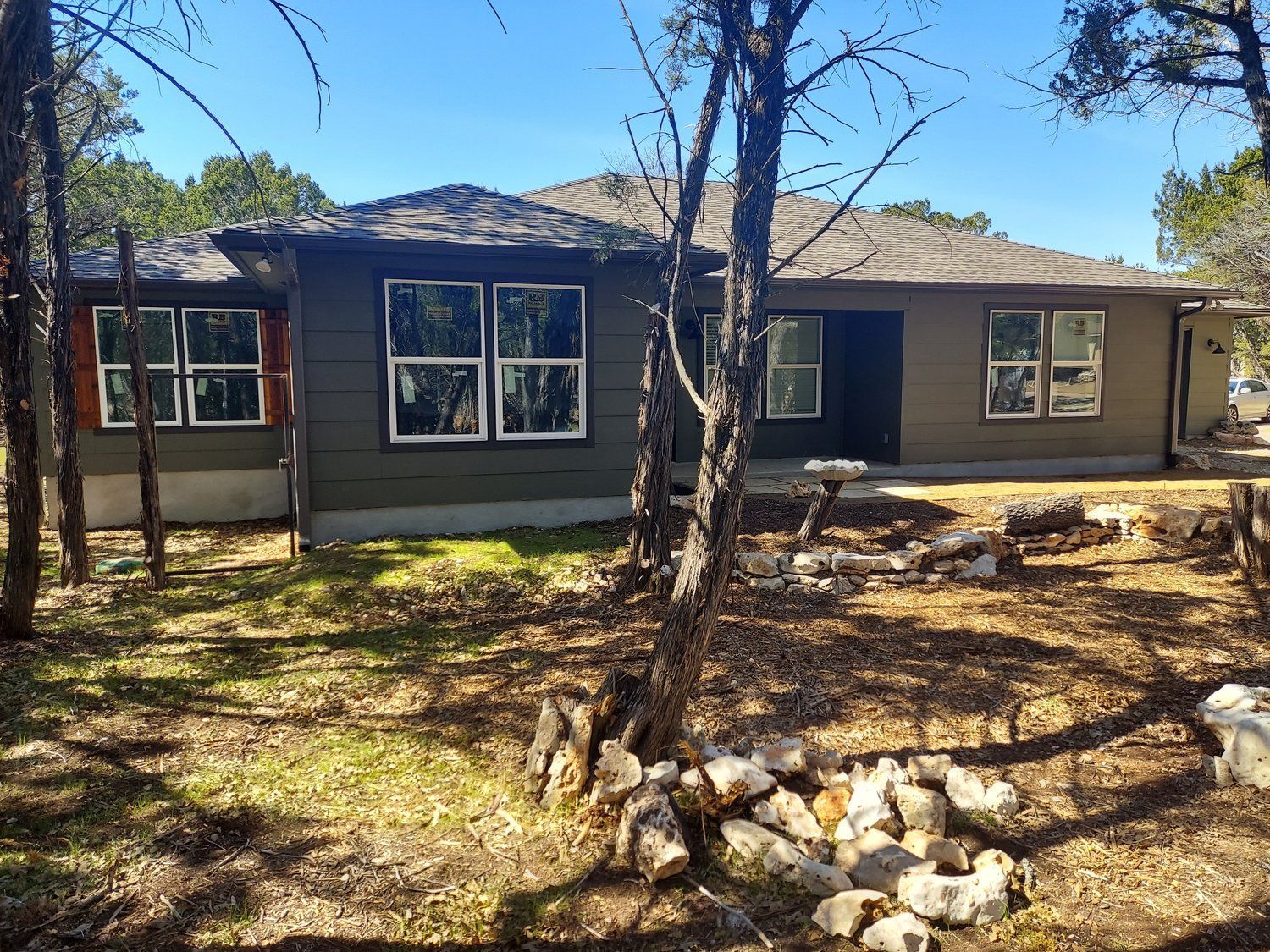
Together we built home #23 for a wonderful family in Wimberley, TX.
GAF & Austin Roofing and Construction donated the roof portion of home. We see our friends and neighbors in these photos. We are grateful for the opportunity to participate. Thank you Habitat!
http://wimberleyhabitat.org/gallery
https://www.austinroofingandconstruction.com/r-a-w
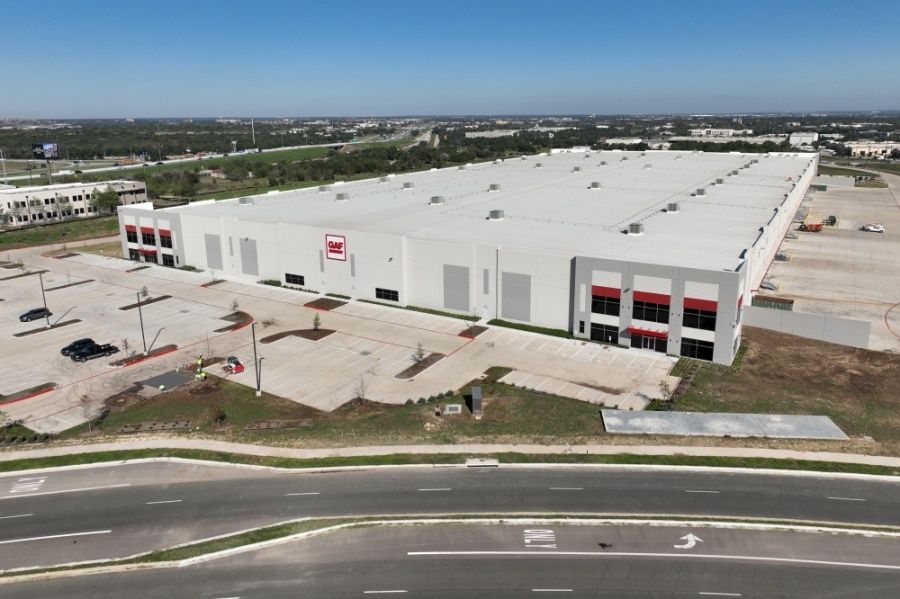
GAF Energy, a Standard Industries company and a leading provider of solar roofing in North America, has opened it's new 450,000 square foot manufacturing facility in Georgetown, Texas, to meet growing demand for the award-winning Timberline Solar™ roof. The new facility, the company’s second, will increase its capacity by 500% and bring total production of its solar shingle to 300 megawatts annually, making GAF Energy the largest producer of solar roofing in the world. In 2021 Timberline Solar™ features the world’s first nailable solar shingle and is the only roof system to directly integrate solar technology into traditional roofing processes and materials.

Leaking Roof Repair Cost - The cost of repairing a leaky roof can vary depending on a number of factors, including the size and severity of the leak, the type of roofing material, the location of the leak, and the cost of labor in your area. According to HomeServe USA, the average cost of repairing a leaky roof is $1,195. However, the typical price range is $390 to $2,000. The extreme low-end cost is $150, and the extreme high-end cost is $8,446.

10 Reasons to Get a New Roof With Austin Roofing & Construction
You need honesty, integrity, knowledge & a damn good warranty! We have it all and we do it for you! 1: We Know Our Roofs. 2: We Think Customer Service First. 3: Safety is the Name of the Game. 4: We Can Do It All. 5: We Offer Great Warranties. 6: We Care About the Community. 7: We Offer Free Estimates. 8: We're Certified on the Best Roofing Materials. 9: We're Absolutely Thorough. 10: Did We Say That We Are Local? :)
